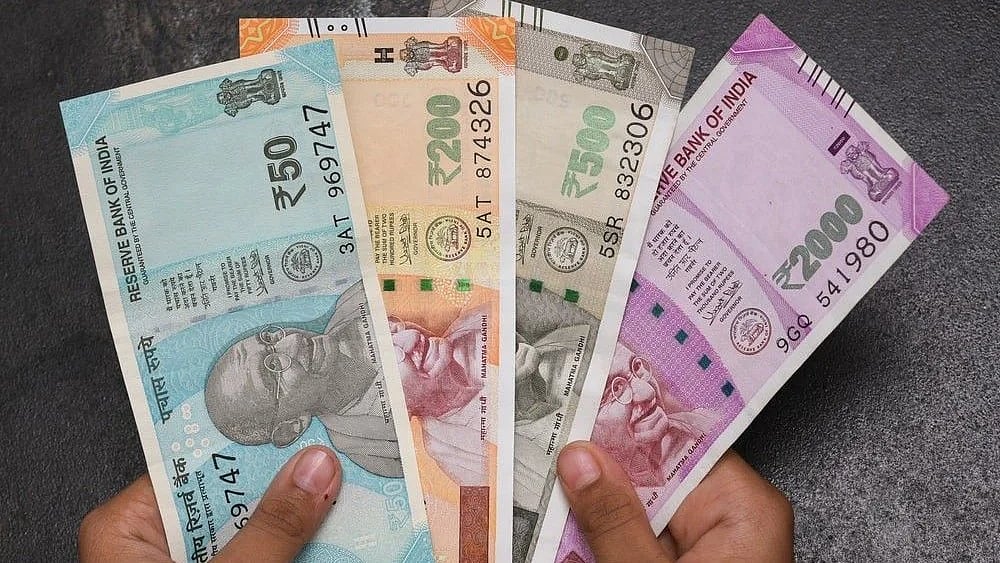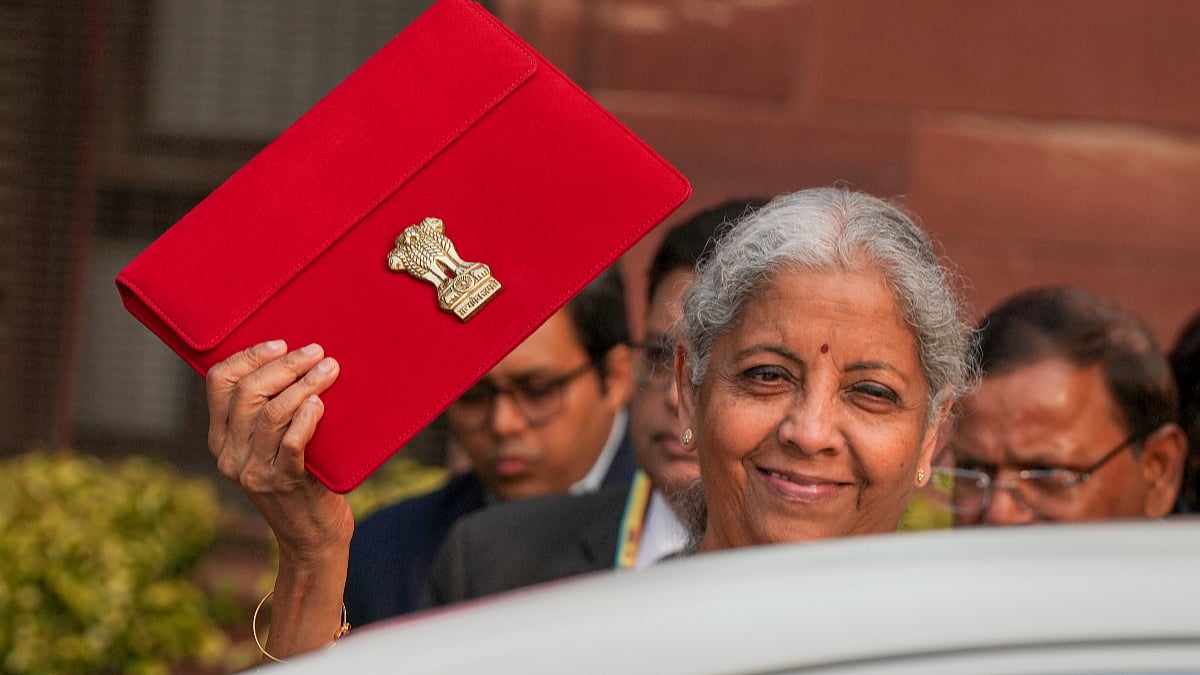Goods and services tax (GST) revenue for January 2021, collected in February 2021, was at Rs 1.13 lakh crore according to a statement from the Ministry of Finance. That was 7% higher over the year earlier, but 6% lower than the preceding month which was at Rs 1.19 lakh crore – an all time high.
The gross GST revenue collected in February 2021 is Rs 1,13,143 crore of which CGST (central GST) is Rs 21,923 crore, SGST (services GST) is Rs 29,014 crore, IGST (integrated GST) is Rs 60,288 crore and cess is Rs 8,622 crore, the finance ministry said in a statement.
What is driving the rising GST revenue?
In India, economic activity is gathering at a healthy pace on account of a sustained flattening of Covid-19 curve. Also roll-out of Covid-19 vaccine & steady uptick in consumer sentiment. The economic downturn was being felt most extremely in April 2020 when GST revenue slumped to Rs 32,172 crore.
Since then, it has been trending higher as India started preparing for unlocking by allowing shops, markets and factories to resume operations thereby boosting demand for goods and services.
Thus, the continuous surge in GST collections is all because of economic recovery and the impact of various measures taken by tax administration to improve compliance.
What does this rising trend suggest?
Breaching the $1-trillion mark for the fifth straight months for GST collection tells us that the economic activity is reviving and people are ready to spend on the goods and services. This also shows that Covid-19 related anxieties have abated, and consumption is picking up.
Power consumption is a key indicator of demand and it is important to note it rose for the sixth straight month in February. Also there was an increase in import consumption for the third month in a row. Increase in auto sales numbers, manufacturing activity and fuel demand also indicate a strong economic revival.
With further unlocking, flattening of covid-19 active cases and rise in Covid vaccination taking place, people are willing to go on a vacation which will help the hospitality and tourism sector to recover which suffered a lot during the pandemic. This will add to revival in economic activity and lead to increase in tax collections.
Service sector expands at fastest rate in a year in Feb
India’s services activity expanded at the fastest rate in a year during February 2021, while employment fell further and companies noted the sharpest rise in overall expenses.
The seasonally adjusted India Services Business Activity Index rose from 52.8 in January to 55.3 in February, pointing to the sharpest rate of expansion in output in a year amid improved demand and more favourable market conditions.
What to expect next?
Going forward, we look on to the next GST council meeting in March 2021 amid a) renewed interest in bringing petroleum products under the ambit of GST, something that has invited resistance from states in the past since VAT from these form around 30% of state’s own tax revenue and b) discussions on merging the GST tax rates of 12% and 18% into a single slab, which is expected to be largely revenue neutral to slightly positive as the government strives for fiscal consolidation.
Having said that, GST revenues are likely to follow the uptrend in the coming months because of rise in E-way bills (Bills generated to transport goods), normalization of service sector, uptick in hospitality and tourism sector.
Key Risks
A major downside risk to India’s economic growth continues to be the pandemic-induced medical problems and the rising coronavirus cases that have elevated health stimulus as a key macroeconomic lever for continued recovery.
Also, a spurt in inflation can prompt central banks to tighten monetary policies, roiling financial markets. Inflationary pressures are building as a result of a rise in prices of commodities such as crude.
Stock Investing, Simplified: https://tejimandi.com/












